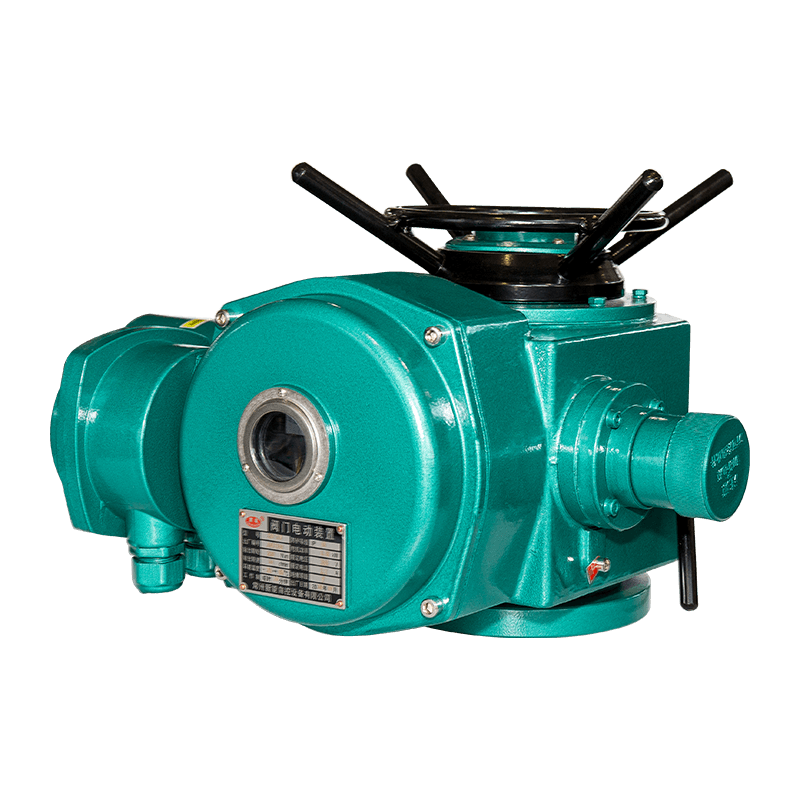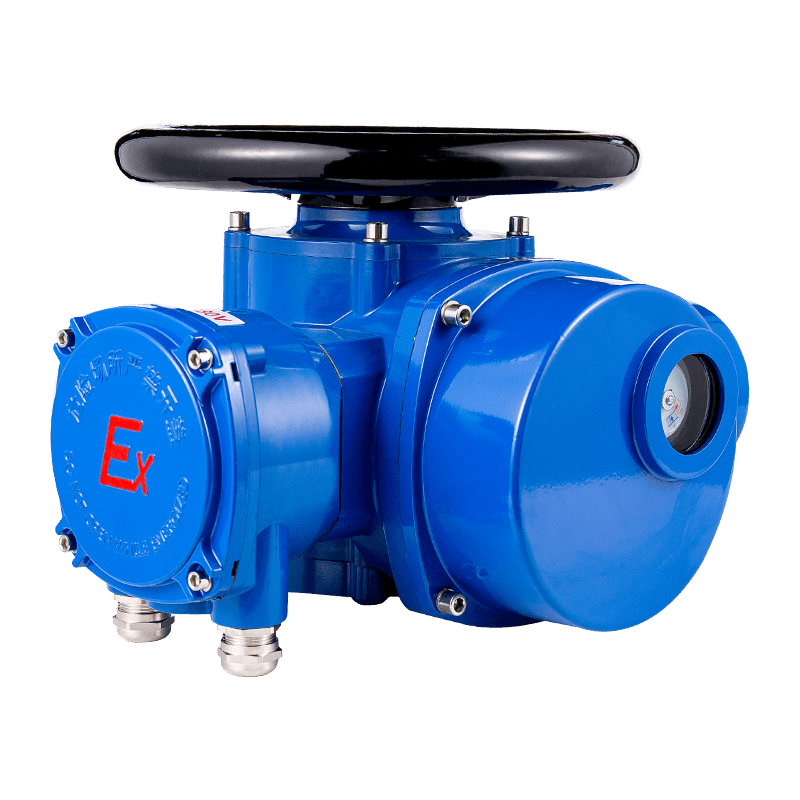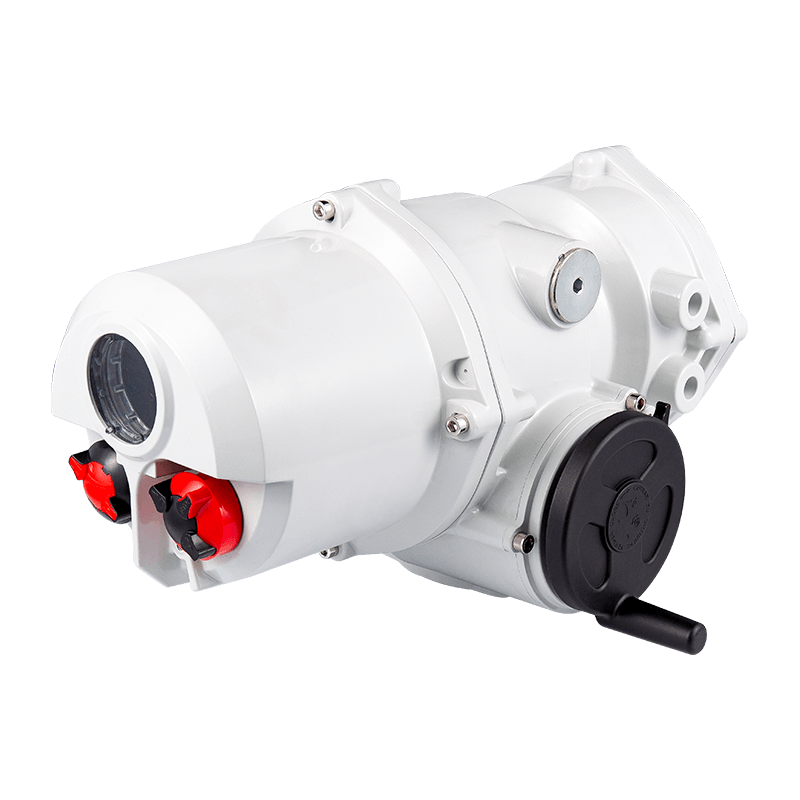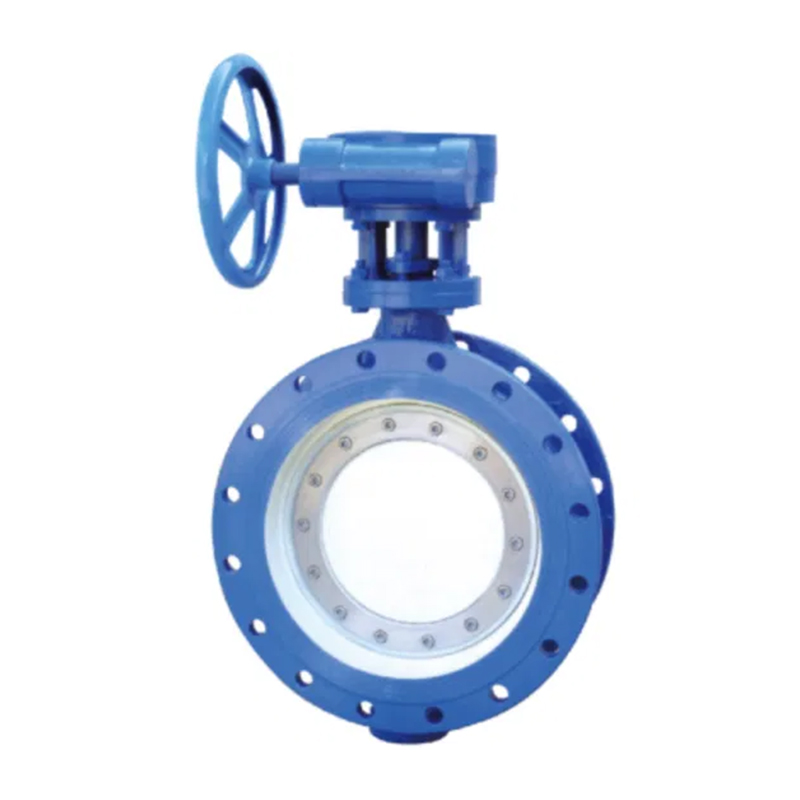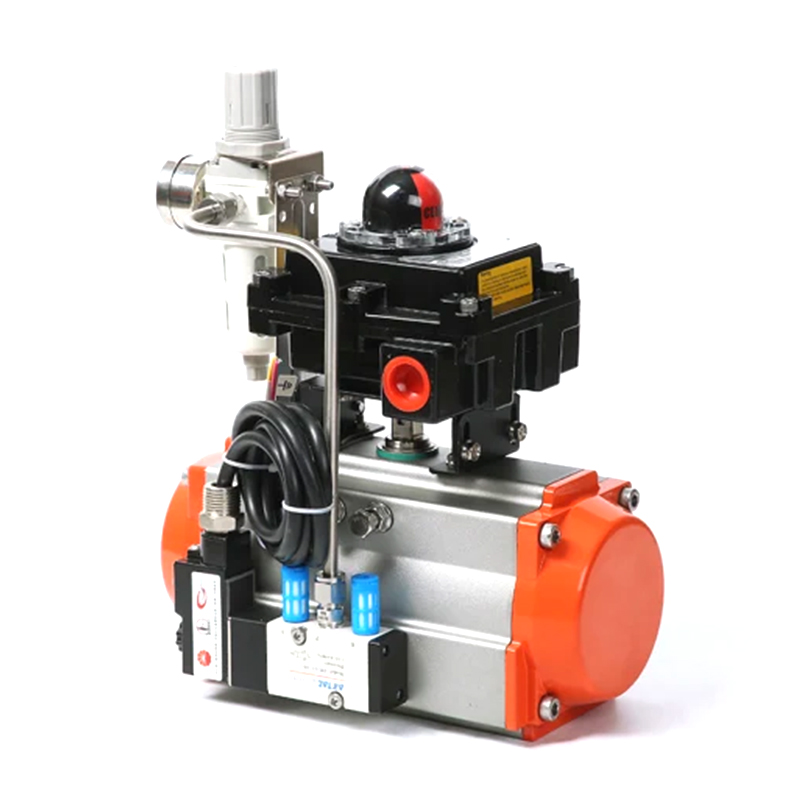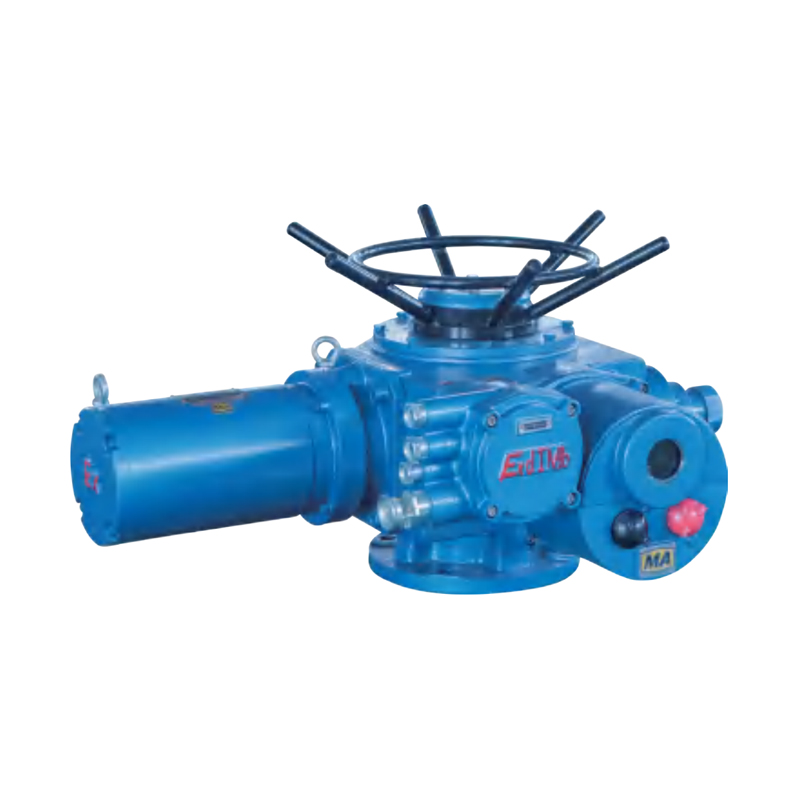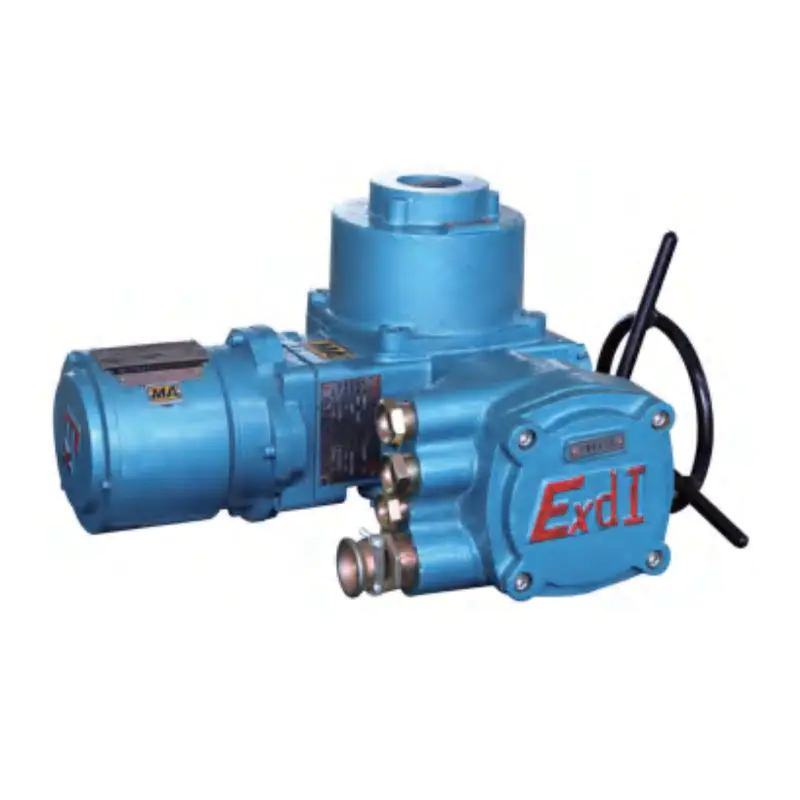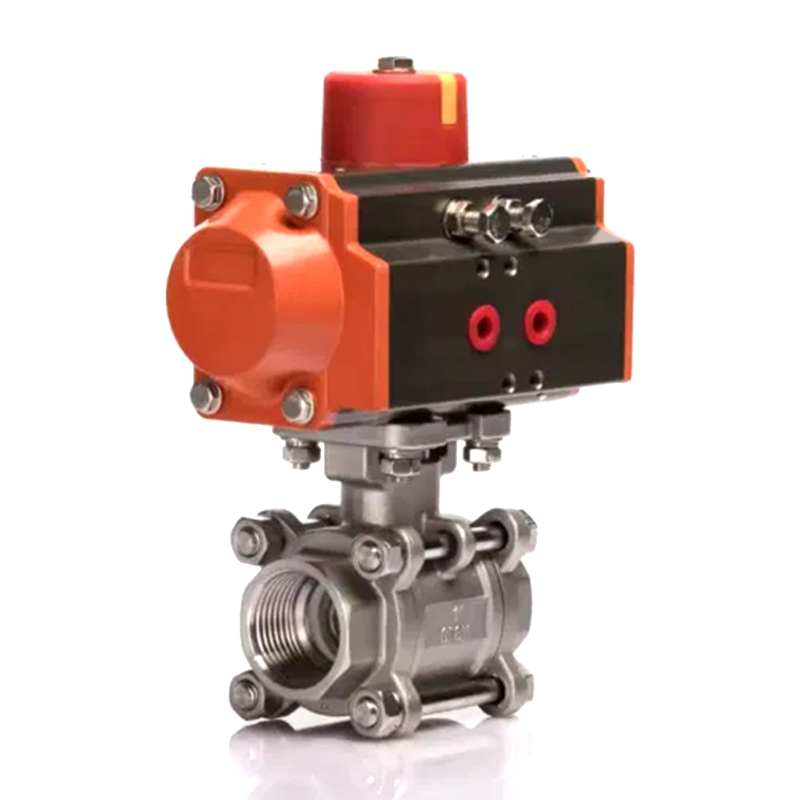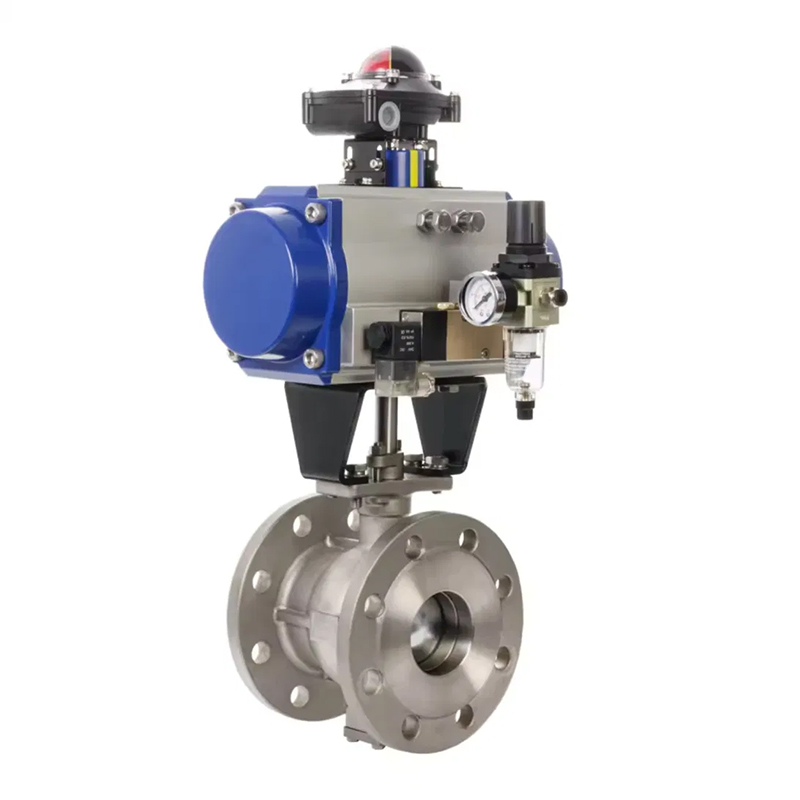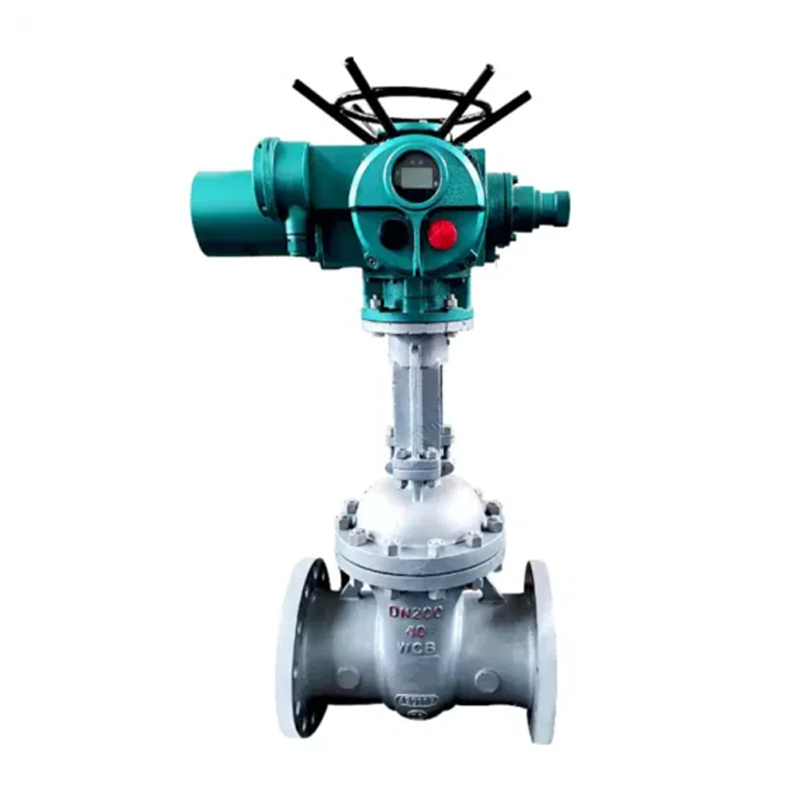0086 15335008985
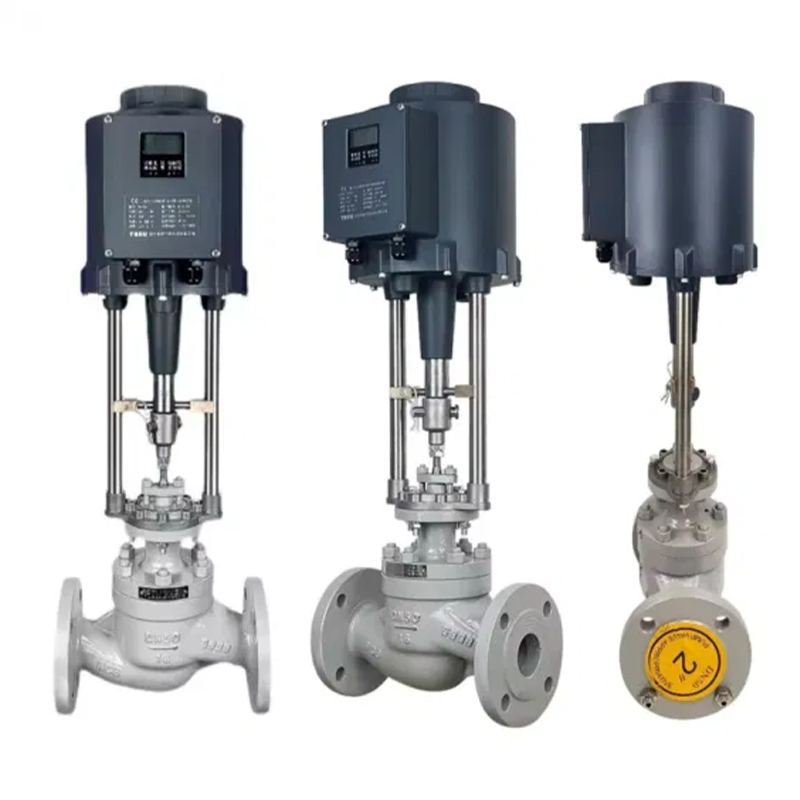
What are the maintenance requirements for the ADL series digital intelligent linear electric actuator?
The ADL series digital intelligent linear electric actuator is a high-precision electromechanical device widely used in industrial automation, manufacturing, and robotics. Proper maintenance is critical to ensuring its longevity, reliability, and optimal performance.
Routine inspection and preventive maintenance
Regular inspection is the foundation of maintaining the ADL series digital intelligent linear electric actuator. Visual checks should be performed to identify any signs of wear, corrosion, or physical damage to the housing, mounting brackets, and mechanical linkages. Loose fasteners should be tightened, and any misalignment in the actuator’s movement should be corrected promptly.
Electrical components, including wiring, connectors, and sensors, must be inspected for fraying, loose connections, or oxidation. Since the ADL series relies on digital feedback for precise control, any degradation in signal transmission can lead to performance issues. Dust and debris accumulation should be cleaned using compressed air or a soft brush to prevent interference with moving parts.
Lubrication and mechanical care
The ADL series digital intelligent linear electric actuator contains mechanical components such as lead screws, ball screws, or belts, depending on the model. Proper lubrication is essential to minimize friction and wear. Manufacturers typically recommend specific lubricants, and over-greasing should be avoided as it can attract contaminants. A general guideline is to apply lubrication every 3,000 to 5,000 operating hours, but this may vary based on load and environmental conditions.
For actuators with sealed bearings, lubrication intervals may be extended, but periodic checks are still necessary. If unusual noises (grinding, squeaking) are detected during operation, immediate inspection is required to prevent further damage.
Environmental considerations
The operating environment significantly impacts the lifespan of the ADL series digital intelligent linear electric actuator. Exposure to excessive moisture, dust, or corrosive chemicals can accelerate wear and lead to premature failure. In harsh environments, protective measures such as enclosures or IP-rated covers should be used.
Temperature extremes can also affect performance. Most ADL series actuators operate within a specified temperature range (e.g., -20°C to 60°C). Prolonged exposure to temperatures outside this range can degrade lubricants, weaken seals, or cause electronic failures. If the actuator is used in high-vibration settings, additional damping or reinforcement may be necessary to prevent mechanical stress.
Troubleshooting common issues
Even with proper maintenance, issues may arise. Common problems include erratic movement, loss of precision, or complete failure to respond. If the actuator does not move as expected, the first step is to verify power supply and control signals. Faulty wiring or incorrect voltage can disrupt operation.
If the actuator moves but exhibits jerky motion or stalling, mechanical obstructions or insufficient lubrication may be the cause. In digital models, software or firmware issues can also lead to malfunctions. Resetting the controller or recalibrating the actuator may resolve these problems. Persistent issues may require professional servicing.
Extending service life
To maximize the operational life of the ADL series digital intelligent linear electric actuator, proactive maintenance is key. Keeping detailed logs of inspections, lubrication schedules, and repairs helps identify patterns and prevent recurring issues.
Additionally, avoiding overloading beyond the actuator’s rated capacity prevents undue stress on mechanical and electrical components. If the application involves frequent starts and stops, selecting a model with reinforced components may be beneficial.
Summary of key maintenance tasks
| Maintenance task | Frequency | Key Actions |
|---|---|---|
| visual inspection | monthly | check for wear, loose fasteners, debris |
| electrical inspection | quarterly | inspect wiring, connectors, sensors |
| lubrication | every 3,000-5,000 hours | apply recommended lubricant |
| environmental check | as needed | monitor temperature, humidity, dust levels |
| calibration check | annually | verify positioning accuracy |
By following these maintenance guidelines, users can ensure that the ADL series digital intelligent linear electric actuator remains reliable and efficient throughout its service life. Proper care not only reduces downtime but also minimizes long-term operational costs.
The ADL series digital intelligent linear electric actuator is a robust and precise device, but its performance depends heavily on regular maintenance. Routine inspections, proper lubrication, environmental protection, and timely troubleshooting are essential practices. Adhering to these requirements will help maintain optimal functionality and extend the lifespan of the actuator, ensuring consistent performance in demanding applications.




 русский
русский Español
Español
